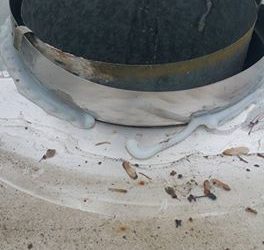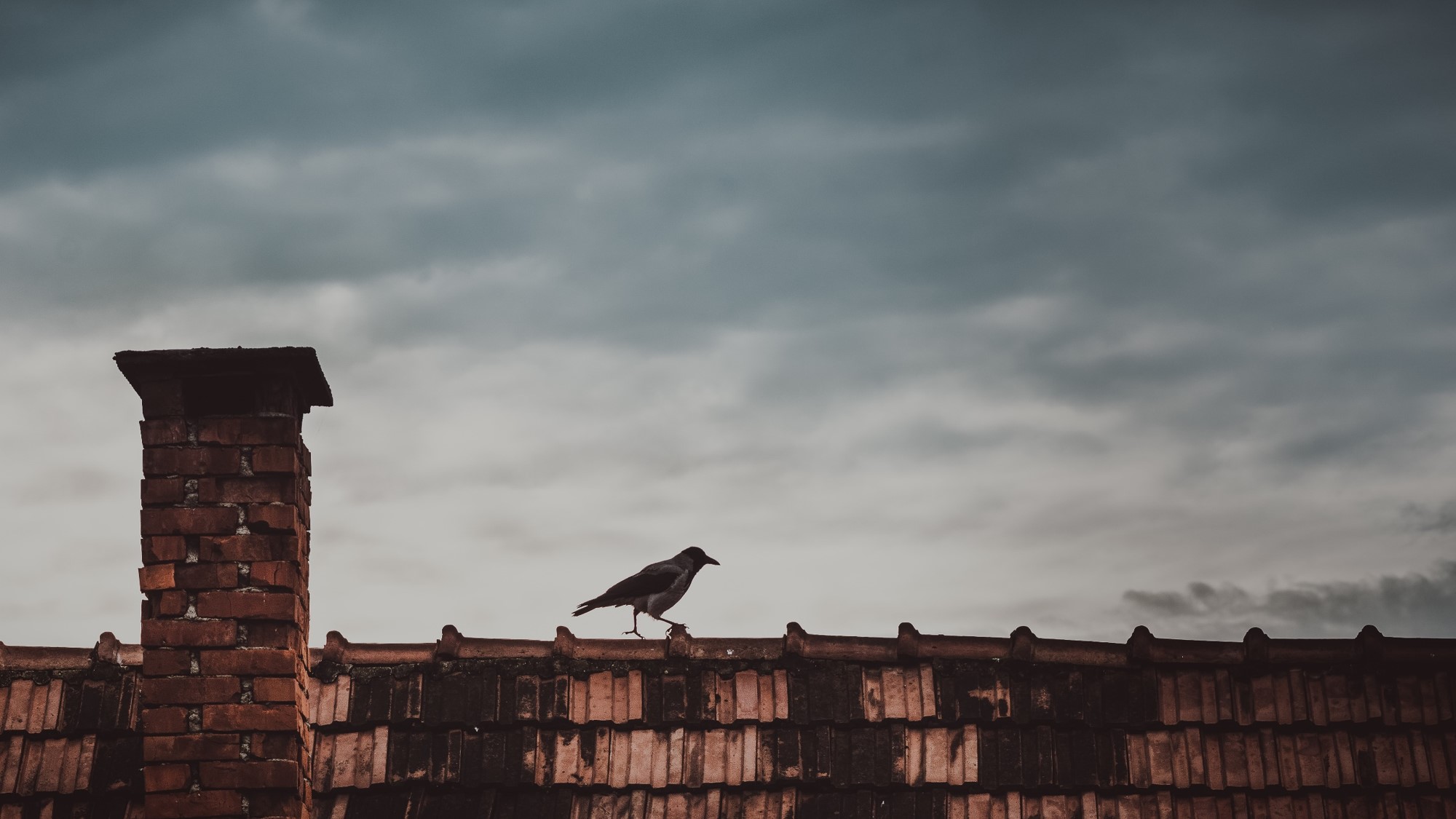Why getting a chimney inspection is important.
Why is getting a chimney inspection important?
Here are 3 reasons – Even if you don’t use your chimney.
Chimneys have been used to provide heat in homes for thousands of years. For generations, people knew the significance of ventilation and that harmful smoke and gases are hazardous. However, the chimney doesn’t only prevent your property from filling with smoke; it also vents deadly soot, particulate pollution and carbon monoxide out of your living space.
Whether you are stepping into a new home or switching your fireplace from wood to gas here in Indianapolis or anywhere in the world, you need to always have your chimney inspected. Even when everything seems to be working perfectly, you still need to get your chimney inspected annually to avoid potential fire hazards, or destruction to your chimney and structure. Here are a few valid reasons why you should always get an Indianapolis chimney inspection done.
1. Because fire is extremely hazardous
 Whenever a fireplace is burning, dangerous materials are traveling in the chimney flue. As a result, many denser materials cling towards the sides of the flue. These materials, particularly creosote and soot, are usually corrosive to masonry with time. It is particularly dangerous when coupled with moisture, and this can easily be caused by a simple missing chimney cap or any other leak. This is why a chimney inspection is important in order to quickly discover these things, before they go out of hand to leak hazardous materials produced by fire into your home.
Whenever a fireplace is burning, dangerous materials are traveling in the chimney flue. As a result, many denser materials cling towards the sides of the flue. These materials, particularly creosote and soot, are usually corrosive to masonry with time. It is particularly dangerous when coupled with moisture, and this can easily be caused by a simple missing chimney cap or any other leak. This is why a chimney inspection is important in order to quickly discover these things, before they go out of hand to leak hazardous materials produced by fire into your home.
Additionally, heat or flames coming from your fireplace can easily escape through leaks within your chimney or through cracks within the flue liner. They can then ignite combustible materials that are close to them in the house. Chimney fires could occur right inside the structure of the chimney itself, and this usually happens when hot gasses ignite creosote that has accumulated around the walls of your unclean chimney flue. Creosote is basically a natural byproduct of burning wood that is highly flammable and can accumulate within the inner walls of your chimney’s flue under certain burning conditions.
Even without the occurrence of a chimney fire, materials surrounding a chimney may have their molecular structures altered and turn into more flammable substances when subjected to excessive heat over a lengthy period of time. This process is called is referred to as pyrolasis. Once wood is sufficiently pyrolized it may ignite at relatively low temperatures and turn into a very significant fire hazard.
According to the most recent statistics by the U.S. Consumer Product Safety Commission, 25,000 chimney fires and 140 deaths on average each year in the United States causing an estimated $125 million dollars in damage.
After 2 chimney fires broke out in the same home within 12 hours, WHTR wrote in their story that:
“The Indianapolis Fire Department would like to remind residents that chimney cleaning and repair should be part of a yearly maintenance routine.”
2. Carbon Monoxide Poisoning
One of the hazardous gasses that your chimney must remove from your home is the deadly carbon monoxide. Carbon monoxide is the colorless, odorless, tasteless gas that could potentially cause serious illness or death when it is present in sufficient amounts. It accounts for hundreds of deaths and countless illnesses each year in homes across America. In many cases, deadly carbon monoxide in your home originates from within a furnace or from any other burning appliance, and finds its way into your property due to inadequate venting.
Failure to inspect your chimney on a regular basis could cause inadequate venting. One scenario is when the flue has become blocked. The blockage might be from debris falling into your chimney due to a deteriorating masonry, or it could be as a result of nests being built inside your chimney by animals or birds. Carbon monoxide may also seep into your house through cracks or holes in flues and chimneys that moisture, chemical residue, or chimney fires have weakened.
3. Water Damage

Even if you do not use your chimney, it’s still important to have a chimney inspection. If you ask any roofer, chimney sweep or professional contractor, water damage that originates around your chimney is common. In many cases the flashing around your chimney could be warn or damaged that could allow water to seep in the home. Your bricks or mortar could be cracked or damaged, that would also allow water to work its way into your home. The chase cover could be damaged, warn or cracked allowing water and moister to get into your chimney causing damage. Even chimneys that do not have brick but wood and vinyl siding could allow water to find its way inside if the outer protection has been compromised in any way.
If water damage occurs, chimney repairs would not be your only issue. You may have to replace drywall, insulation, roof decking (plywood), flashing or any other damaged caused by a leaking chimney.
To sum everything up, having your chimney inspected regularly by a qualified professional and your chimney is operating properly, is how you can be sure of enjoying many years of fully functional, hazard-free chimneys and flues.
Do you need a Chimney Inspection?
If you live south of the Indianapolis, IN metropolitan area and are looking for a professional chimney sweep, contact Baun’s Chimney Sweeping! You won’t find a more professional and friendly chimney inspector or chimney repair company around.




